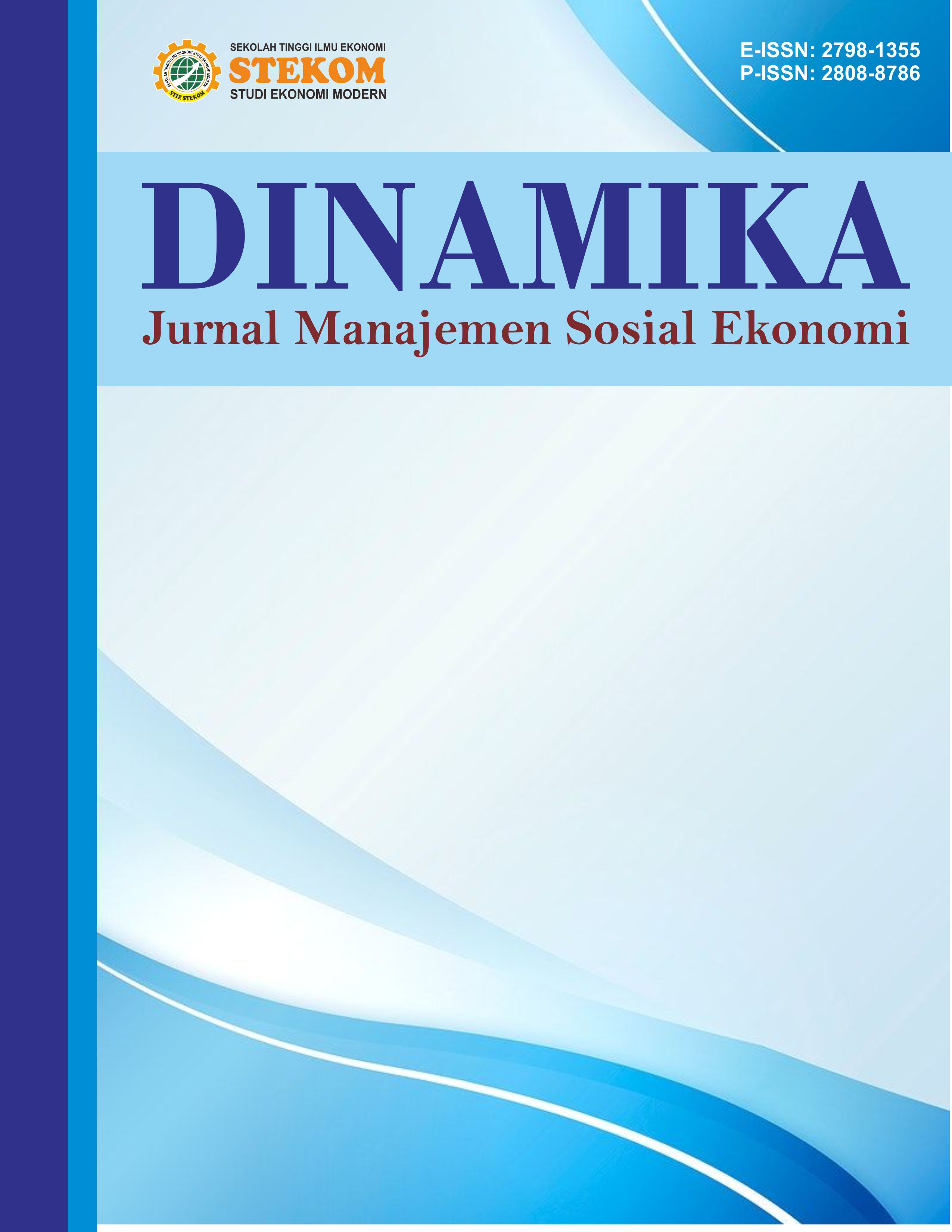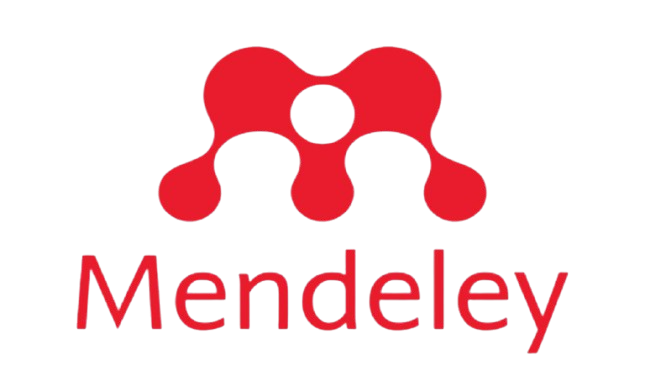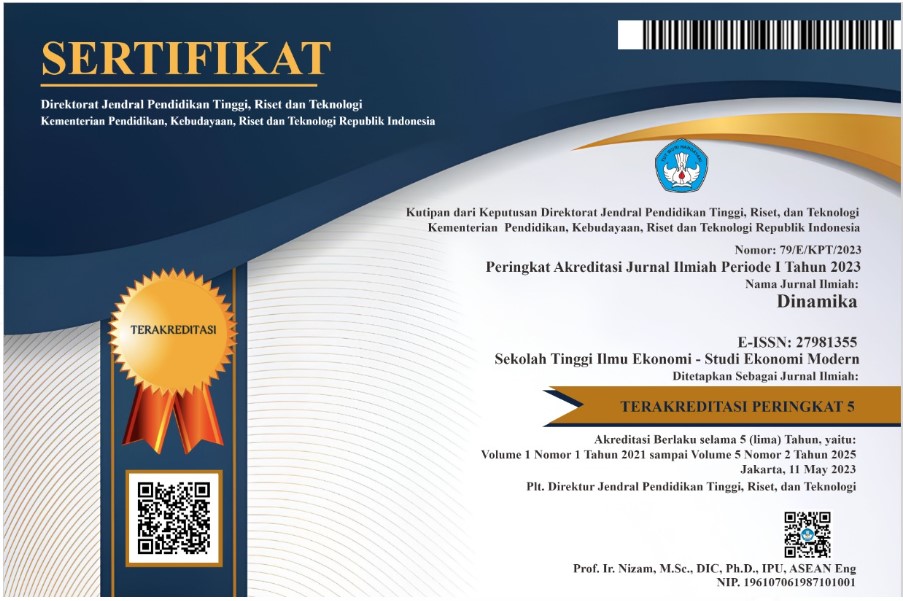OPTIMALISASI KINERJA ORGANISASI MELALUI PELATIHAN DAN PENGEMBANGAN KARYAWAN DI PERUSAHAAN X
DOI:
https://doi.org/10.51903/0jfkcz44Keywords:
Employee Training, Organizational Performance, Linear Regression, Human Resource Management (HRM)Abstract
The objective of this study is to analyze the influence of employee training and development on organizational performance at Company X. The research method employs a quantitative approach, with data collected through questionnaires distributed to 96 respondents. The collected data were analyzed using simple linear regression analysis, supported by SPSS software. The results indicate a positive and significant influence of employee training and development on organizational performance, with values (β = 0.752, p = 0.001). An R² value of 0.561 suggests that 56.1% of the variation in organizational performance can be explained by training and development initiatives. However, employee participation in training programs remains relatively low, at only 40%. The implications of this study highlight the need for the company to enhance the quality and quantity of training programs while fostering a supportive work environment. For future research, it is recommended to explore additional factors such as leadership and organizational culture, as well as to adopt mixed methods for a more comprehensive analysis.
References
Armstrong, M. (2020). Armstrong's Handbook of Human Resource Management Practice. Kogan Page.
Barney, J. B. (1991). "Firm Resources and Sustained Competitive Advantage." Journal of Management, 17(1), 99-120.
Becker, G. S. (1964). Human Capital: A Theoretical and Empirical Analysis. University of Chicago Press.
Blau, P. M. (1964). Exchange and Power in Social Life. Wiley.
Cooper, C. L., et al. (2021). "Employee Development and Organizational Resilience: A Strategic Approach." Journal of Organizational Behavior, 42(3), 345-360.
Garvin, D. A., et al. (2019). "Building a Learning Organization." Harvard Business Review.
Huselid, M. A. (2018). "The Impact of Human Resource Management Practices on Turnover, Productivity, and Corporate Financial Performance." Academy of Management Journal, 38(3), 635-672.
Hussein, A., et al. (2019). "The Impact of Training and Development on Organizational Performance: A Case Study of SMEs in Malaysia." Journal of Management Studies, 12(3), 45-60.
Kaplan, R. S., & Norton, D. P. (2018). The Balanced Scorecard: Measures That Drive Performance. Harvard Business Review.
Noe, R. A. (2019). Employee Training and Development. McGraw-Hill Education.
Priyono, B. (2022). "The Role of Training in Enhancing Organizational Performance." International Journal of Human Resource Management, 15(2), 78-92.
Sari, D., et al. (2021). "Training and Development as a Strategy to Improve Employee Performance." Journal of Business and Management, 10(1), 23-35.
Senge, P. M. (2018). The Fifth Discipline: The Art and Practice of the Learning Organization. Doubleday.
Sutcliffe, K. M., & Vogus, T. J. (2020). "Organizational Resilience: Towards a Theory and Research Agenda." IEEE Transactions on Engineering Management, 67(3), 1-12.
Sujarweni, V. W. (2020). Metodologi Penelitian: Lengkap, Praktis, dan Mudah Dipahami. Yogyakarta: Pustaka Baru Press.
Ghozali, I. (2016). Aplikasi Analisis Multivariate dengan Program IBM SPSS 23. Semarang: Badan Penerbit Universitas Diponegoro.
Sugiyono. (2020). Metode Penelitian Kuantitatif, Kualitatif, dan R&D. Bandung: Alfabeta.
Downloads
Published
Issue
Section
License
Copyright (c) 2023 Dinamika: Jurnal Manajemen Sosial Ekonomi

This work is licensed under a Creative Commons Attribution-ShareAlike 4.0 International License.












